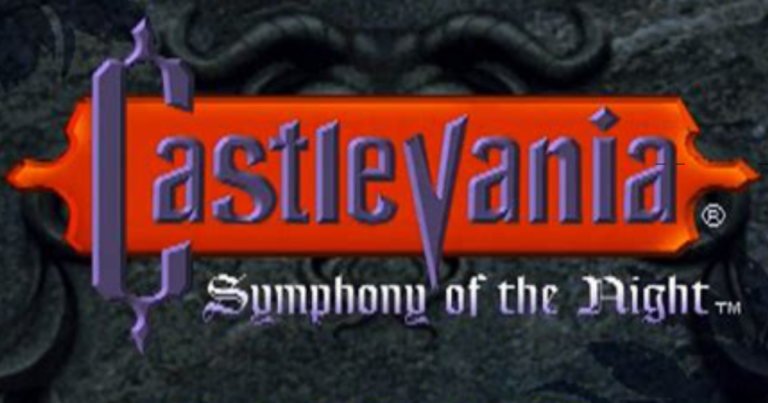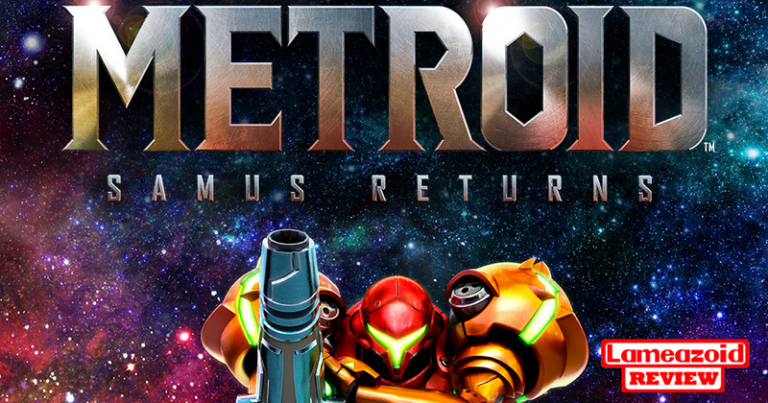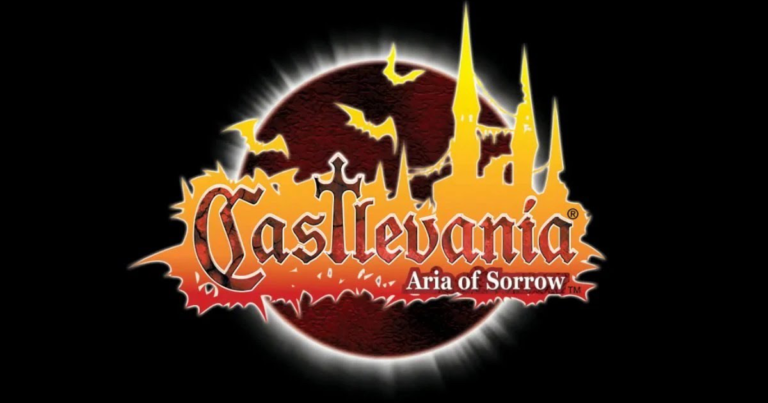Posted inPS1
Review – Castlevania: Symphony of the Night (PS1)
Konami – Playstation – 1 Player Castlevania games are hard. Or at least they used to be. They tend to be kind of random, long and have clunky controls. At least on the NES. I have never really cared much for Castlevania games. The whole “goth” and “vampires” thing never really appealed to me either. Still, Symphony of the Night I one of those games you hear people talk about a lot. When people start saying a game is one of the best they have ever played, it generally is worth giving a little attention to. I had first purchased…




